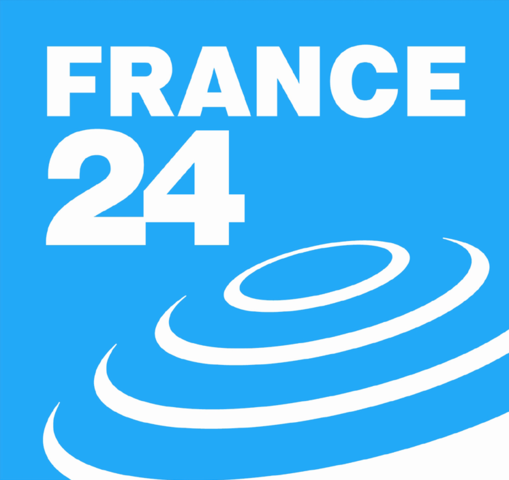Reporter’s notebook: Unpunished Crimes in the Democratic Republic of the Congo

Issued on: Modified:
Why have so few people heard of the two Congo Wars (1996-2003) which left millions of people dead ? Our reporters Nicolas Germain and Thomas Nicolon returned to some of the worst battlegrounds, from Kisangani to Bukavu.
Advertising
Read more
First stop: the district of Lubunga in Kisangani
Our motorised canoe crossed the Congo River swiftly. We came ashore in the Lubunga district of Kisangani, a city of more than one million inhabitants. We hopped on to motorbike taxis that skillfully zigzagged through narrow streets. Félicien Tshilumba, a local resident, was waiting for us. We asked him what happened here in 1997. He stared far ahead and took ten seconds to answer. “Every time I talk about this, it hurts me…When the artillery shell fell on the neighbours' house we were outside, the shrapnel hit my wife, she died immediately, she didn't even have time to say a word…”
We chose, for the documentary we are preparing, to come to Kisangani because it's the big town that was the worst hit by the two Congo Wars (1996-97 and 1998-2003). We want to try to understand why these conflicts that left millions dead are so little known, yet most people have heard of the genocide of the Tutsis in neighbouring Rwanda – the event that would lead to these two wars.
Historical context: the First Congo War began in 1996. Rwanda wanted the president of Zaire, Mobutu Sese Seko, to fall because two years earlier he had welcomed the Hutu killers, known as génocidaires. They had killed 800,000 Tutsis and fled their country. Rwanda and its ally Uganda helped Zairean rebel Laurent-Désiré Kabila seize power. The rebellion started in eastern Zaire and after a few months rebel forces had reached Kinshasa, the countrys capital. By then Mobutu had fled and Kabila became president in May 1997, renaming the country the Democratic Republic of the Congo.
But according to the UN's Mapping Report, Kabilas coalition did not only kill génocidaires. It also targeted Hutu civilians : children, women and the elderly. The UN report even says there are “a number of inculpatory elements that, if proven before a competent court, could be characterized as crimes of genocide.” Rwanda and its leader Paul Kagame have always strongly rejected this accusation.
The Second Congo War started in 1998. Kabila was keen to gain independence from his Rwandan and Ugandan sponsors. They disagreed of course and decided to topple him with the help of Congolese rebels; their alliance formed a movement called the RCD. This time it never reached Kinshasa. But it did occupy much of the north and the east of the country until 2003. The RCD committed countless massacres and plundered Congo's rich mineral wealth, including coltan, gold, and diamonds.
Second stop: Tshopo district in Kisangani
We now headed for Kisangani's Tshopo district, the worst hit during the war. Here, the Rwandan and Ugandan armies ended up fighting each other, partly for access to the region's gold and diamonds. More than one thousand Congolese civilians were killed. Kisanganis residents were the powerless witnesses and victims of an ultra-violent war between two foreign countries fighting on Congolese soil hundreds of kilometres away from their own borders. According to the UN, in just six days in June 2000 more than 6,000 artillery shells fell on the city.
Kelenda Sefu Ngongo was unlucky enough to be living on the front line. One artillery shell killed four of his children. He is now an old man but he will never forget that day. “My children were killed in front of my own eyes, my wife was so stunned she didnt cry, it was incomprehensible. The children had just come back from school, and these people killed them in our backyard…”
Today, Kisangani's war cemetery looks like an abandoned field. In Congo there is no imposing memorial to remember the victims of the war, like there is for the victims of the Rwandan genocide in Kigali. The local office of the International Federation for Human Rights told us this is because of the impunity that prevails in Congo. Many of the Congolese rebels who committed massacres during these wars now hold important positions in the army or the government. They do not want people scouring over the crimes they ordered nearly two decades ago.

The danger of domestic flights in Congo
The other region that was most affected by these wars is eastern Congo, close to Rwanda and Uganda. We board a small plan that will take us from Kisangani to Goma. Admittedly, we are concerned, as a similar aircraft crashed in Goma just a few hours earlierRead More – Source
[contf] [contfnew] 
france24
[contfnewc] [contfnewc]



